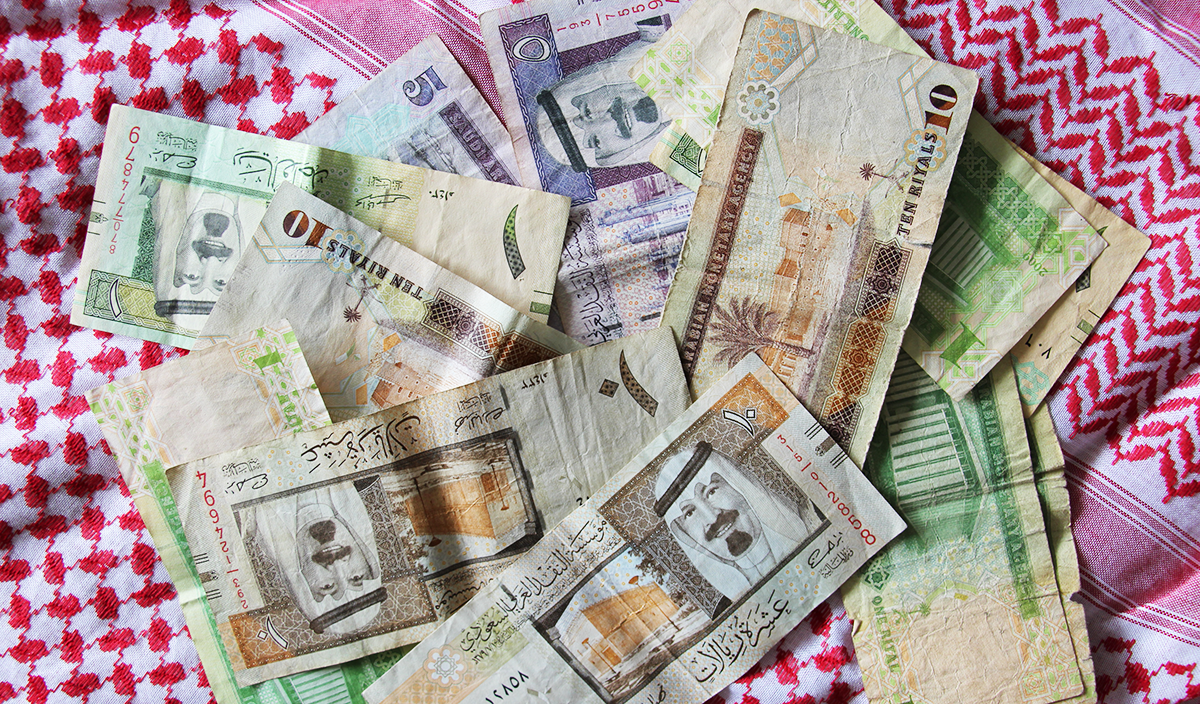Jadwa Investments’ August 2024 macroeconomic update showed robust growth in non-oil activity.
As SUSTG Review readers know, Jadwah Investments, a leading investment management and advisory firm based in Saudi Arabia that offers a wide range of Shariah-compliant investment services, publishes in-depth research and analysis on Saudi Arabia and regional markets. Jadwa recently released it’s August 2024 Macroeconomic Update.
It arrives at an interesting moment as Bloomberg and other outlets reported that in June this year, “Saudi Arabia’s revenue from oil exports has slumped to the lowest level in three years, caused by a drop in prices and the kingdom’s decision to curb production. Sales from shipments of crude oil and refined products fell to $17.7 billion in June, according to the country’s main statistics body. That’s down more than 9% year-on-year and about 12% from May.”
Despite the drop in oil revenue, Jadwah reports that:
“The Saudi domestic economy continues to grow robustly. Flash estimates show real non-oil GDP expanded by 4.4 percent in Q2 2024, up from 3.4 percent in Q1. Domestic Trade, Construction, and Transport continued to support growth. Available data for Q2 indicate that activity in these sectors continues robustly. Official sectorial GDP data, which are only available through Q1, indicate a modest year-on-year growth in “Non-oil manufacturing”, up by 0.7 percent, mainly due to a slowdown in petrochemical growth. Meanwhile, domestic manufacturing demand is strong and new factories continue to be rolled out. Thus, we forecast real non-oil GDP growth at 4.5 percent in 2024, higher than last year’s growth of 4.4 percent, as we expect a further acceleration in activity in H2, especially in Q4.”
Jadwah forecasts Saudi Arabia’s hydrocarbons GDP contracting this year by around 6% in real terms, which will mean the overall economy grows by 1.5 percent.
Other highlights of their August report include:
Real Economy: Cement sales declined in June by 3.6 percent year-on-year. Meanwhile, latest available data show non-oil exports up by 8 percent year-on-year in May. However, “petrochemicals” and “plastics and rubber” exports were down by 6 and 3 percent year-on-year in May, respectively. Non-oil real GDP growth strengthened in Q2, according to the flash estimate.
Consumer Spending: Total consumer spending was down by 2.4 percent year-on-year in June, with a monthly decline of 7.6 percent. Cash withdrawals decreased by 10.7 percent year-onyear, while POS transactions were up by 2 percent. Looking at POS transactions by sector, notable declines were seen in ’education’ and ‘electronics’.
SAMA Foreign Reserve Assets: SAMA’s FX reserves were marginally up in June by $0.3 billion, to stand at almost $468 billion. The monthly gain came from foreign securities, which rose by $3.3 billion, while bank deposits were down by $3 billion.
Money Supply, Bank Deposits and Credit: The broad measure of money supply (M3) rose by 9 percent year-on-year in June, the largest rise in four months, with a monthly gain of 2.6 percent. Total deposits were up 9.4 percent year-on-year, as demand deposits continued trending up by 7 percent. Meanwhile, residential new mortgages for individuals declined in June, down by 11 percent year-on-year, and by 31 percent month-on-month.
Inflation: Consumer prices rose by 1.5 percent year-on-year in June, marking the lowest inflation rate since the start of the year. Within the CPI basket, ’Food and beverages’ prices were up by 1.1 percent year-on-year, and by 0.1 percent month-on-month. Meanwhile, ‘Restaurants and hotels’ also rose by 2.4 percent year-on-year, and by 0.3 percent month-on-month.
Oil-Global: Oil supply has been restrained, both within OPEC+ and in the US. Oil prices on average increased in July, with Brent oil prices at $87 per barrel. Prices dropped towards the end of the month on demand fears linked to slowing US growth, subdued Chinese demand and limited policy stimulus so far in China.
Oil-Saudi Arabia: Saudi crude oil production averaged 8.8 million barrels per day (mbpd) in June, in line with OPEC+ agreed levels. Output will remain at similar levels until at least October, when the OPEC+ agreement allows for gradual monthly increases.
Stock Market: TASI continued the upward trend in July, and rose by 3.7 percent on a month-on-month basis, back to above the 12,000-point level last seen in May. TASI’s performance came in line with most regional and global markets during the month.









